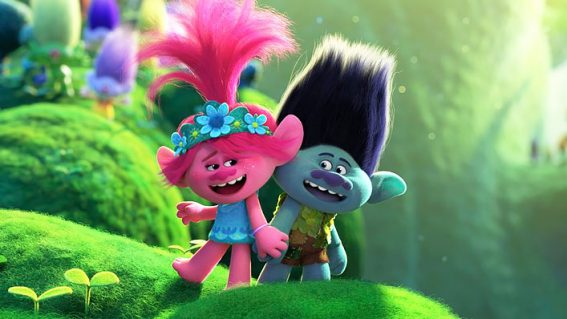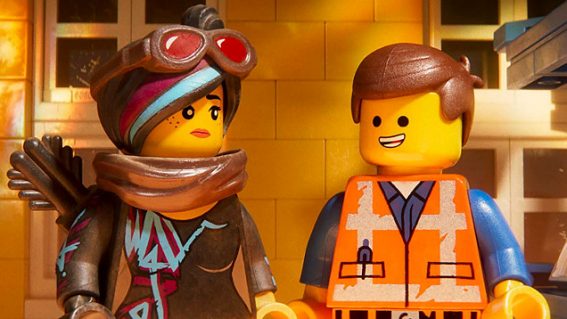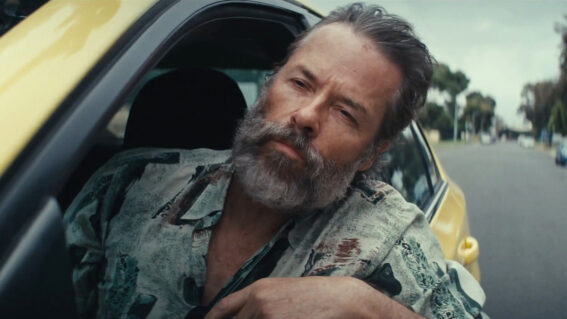Why Wall-E’s first nine minutes are Pixar at its finest
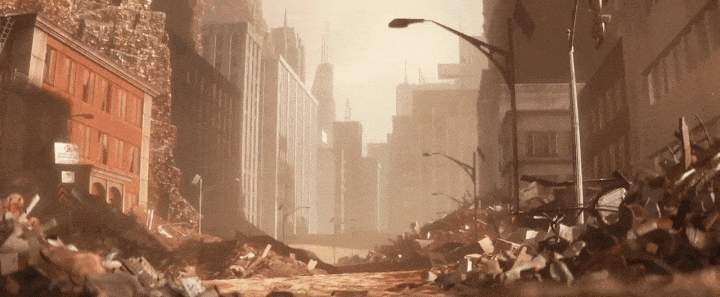
With the critically acclaimed Toy Story 4 now in cinemas, Sarah Ward asks: what is the best scene from the best Pixar film? The answer involves a lovable lonely robot who reflects our worst fears back at us.
With Wall-E, Pixar channelled all of the world’s yearning into an adorable, trash-compacting robot. When the Oscar-winner premiered 11 years ago, the company’s fondness for giving human traits to animals and objects was well-established — “what if toys/bugs/monsters/fish/cars/rats/superheroes had feelings?”, the animation studio’s standard Pixar premise goes — and yet this isolated droid reached depths of insight that its other characters hadn’t.
A small but expansive story about a lost soul searching for connection, it took to animated science fiction to reflect our worst fear back at us: being alone.
Many elements contribute to the film’s emotional pull. The movie’s instantly romantic vision of a post-apocalyptic earth, evidenced in the light falling gently on towers of garbage, is one simple aesthetic touch that speaks to a buoyant approach in the face of desolation. The relatable, anthropomorphic design of the film’s Waste Allocation Load Lifter: Earth-Class, with its lively binocular eyes and searching multi-pronged hands, is another. The resonant storyline, following a solo being forced to pick up an entire species’ mess while dreaming of making a single bond, is yet another still. So is the use of the effervescent ‘Put On Your Sunday Clothes’ from the movie Hello Dolly!
It’s how Wall-E first splashes its various components onto the screen that solidifies its charms, however; after an entrancing opening that’s equal parts delightful and devastating, avoiding the film’s thrall is virtually impossible. Indeed, while Pixar has made 12 features since Wall-E’s debut, including highlights such as Up, Inside Out and Coco, nothing meets the moving majesty of Wall-E’s first nine minutes.

The movie begins with space’s inky blue mass, and with the first lines of ‘Put On Your Sunday Clothes’. “Out there, there’s a world outside of Yonkers,” Michael Crawford sings. “Out there, full of shine and full of sparkle, close your eyes and see it glisten,” he continues. The track’s jaunty beat and lyrics go on, but as the camera swoops through a dusty cloud, it reveals a city of dull brown, rusty red and sun-scorched orange — and of smoke stacks, abandoned buildings and refuse piled endlessly. Despite the bouncy mood imparted by the joyful tune, nothing shines or glimmers here.
From its bird’s-eye vantage, Wall-E then peers down on the source of its soundtrack, which, as revealed in increasing close-ups, is the film’s eponymous machine. Director Andrew Stanton looks on from afar, viewing the robot in its surroundings before jumping to tight shots that display its spinning wheels, reaching arms and shovel-like midsection. There’s a teasing tenor, waiting to unveil the mechanical creature in all of its glory. Of course, it’s fitting that, when the audience first spies Wall-E properly, he’s aping human actions. After placing a compacted pile of trash in its designated place, he spots a garbage can lid in the rubbish, secreting it away for later — then picks up his lunch pail, collects the scampering cockroach he clearly calls his only friend, and clocks off for the day.
In the three minutes and 27 seconds before the movie’s title displays on-screen, Wall-E paints a vivid, expressive picture — one of an earth devoid of people, with mountains of waste proving we existed, and where a robot and an insect make the best of the situation. No words are needed to convey the obvious, with the specifics evident for everyone to see: through consumerism run rampant, humanity has rendered the planet uninhabitable, with Wall-E left to clean up. The frequent use of high angles and wide shots intimates that this is a global problem, even without venturing beyond one location. The choice of song, however, indicates that hope isn’t lost. The same upbeat sentiment echoes courtesy of Wall-E’s behaviour; if he can still find inspiration in the earth’s original flesh-and-blood residents, hope is positively blooming.
As Wall-E speeds away from his worksite, the film provides extra tidbits. Supermarkets, banks and gas stations, all owned by one corporation, lay in ruins, their glossy advertising still littering the skies. A discarded newspaper speaks of too much trash, while a billboard for the cleanup effort champions a line of Wall-Es digging humanity out of their predicament. Stanton needn’t send his hero past the discarded shells of other robots — or video screens advertising the Axiom space flight that the living population has set off upon — to expand his scenario, but every detail cements the planet’s downfall at humanity’s hands.
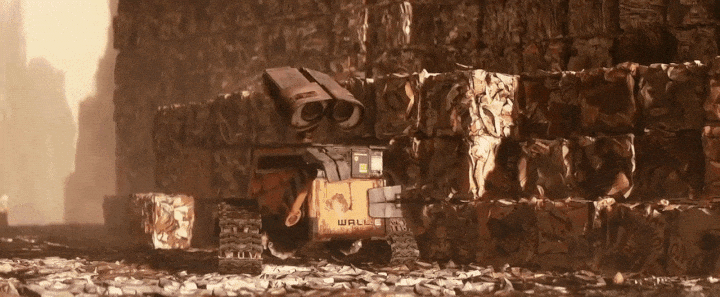
At the end of Wall-E’s commute, he arrives at the industrial container he calls home. Viewers can call it that on his behalf, cosy and packed as it is. The robot is still humming as he puts his belongings away, and even dancing as he plays Hello Dolly! in the background, stopping intermittently during his post-work routine to enjoy its frames. When he sees Michael Crawford and Barbra Streisand hold hands during one such pause, the android moves his own in the same way. It’s a touching moment — an inversion of the sci-fi staple of placing a palm to a glass pane to reach out to someone, or something, on the other side. Dutiful and jovial as he may be, Wall-E simply wants to find a kindred spirit to share his existence with, although the state of the earth makes that dream seem impossible.
The beauty and mastery of this sequence, in storytelling terms, is immense. In such a brief stretch of screen-time, Wall-E establishes everything that’ll come. Viewers see the status quo, both on the third rock from the sun and floating above it — and they’re given all they need to glean that Wall-E’s story will dance towards humanity’s return, while charting a path to finding him the companion he so visibly longs for.
The scene’s emotional brilliance is just as immense. Not only does Stanton serve up an evocative depiction of a possible (today, perhaps even probable) future, but an accurate expression of everyday, existential worries and woes. Wall-E, different from humanity as he may be, understands our troubles better than we even do at times. He lives them, expresses them and grapples them in every shuddering movement of his rollers — and it takes Pixar’s best sequence in its best film a mere nine minutes to make this heartbreak and hope plain.




